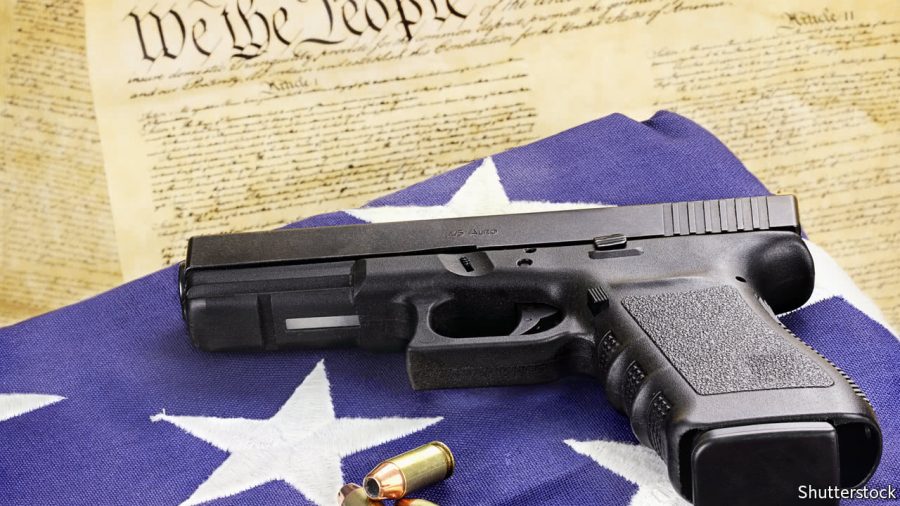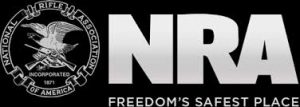Assault Rifles and the Second Amendment
Balancing the Second Amendment and Safety: Part One in a Series by Samantha Street
March 5, 2018
Las Vegas, Pulse, Virginia Tech, Sandy Hook, Sutherland Springs, Parkland, and San Bernardino: seven of the ten deadliest mass shootings in the United States have occurred during the lifetime of current high school students (CNN). The Las Vegas, Sutherland Springs, and Parkland shootings all made use of the AR-15 leading some to call for assault weapon bans and other measures while others remain strong second amendment defenders.
The Second Amendment to the United States Constitution states, “A well regulated Militia, being necessary to the security of a free State, the right of the people to keep and bear Arms, shall not be infringed.” The two main interpretations of this amendment are the “individual right theory” and “collective rights theory.” In the individual rights theory, a legislator would not be able to prohibit firearm possession. Under the collective rights theory, “citizens do not have an individual right to possess guns.” Subscribers to this theory believe “a well regulated militia” serves to prevent Congress from taking a state’s right to defense (Cornell Law School).
In District of Columbia v. Heller, the Supreme Court ruled that the “Second Amendment protects an individual right to possess a firearm unconnected with service in a militia, and to use that arm for traditionally lawful purposes, such as self-defense within the home.” Supreme Court Justice Antonin Scalia wrote in his opinion that “the Second Amendment right is not unlimited.” Even with this decision the debate over what regulations can be placed on weapons by both the federal, state, and local government rages on. The court did not specifically address the reaches of the Second Amendment. Several federal courts have since ruled assault weapon bans constitutional (Washington Post). How is the Constitution balanced with safety?
From 1994 to 2004, the United States had a ban on assault weapons and some want this reinstated. An assault weapon is defined as any various automatic or semiautomatic firearms particularly assault rifles. An automatic weapon fires continuously as long as the trigger is held and there is ammunition while a semiautomatic fires one round for each time the trigger is pressed. The Public Safety and Recreational Firearms Use Protection Act made it illegal “for a person to manufacture, transfer, or possess a semiautomatic assault weapon.” This law was passed following two mass shootings in San Fransisco and Rhode Island. It banned 18 specific models of assault weapons including the infamous AR-15 and weapons containing some military-style features.
A study of shootings in which six or more deaths occurred found that under the assault weapon ban there were 89 deaths in gun massacres compared with the 155 deaths in the decade prior to its application and 302 in the decade following its expiration (Washington Post). When asked about how to prevent mass shootings, gun violence researchers rated an assault weapon ban and semiautomatic gun ban as strategies they believed would be effective (New York Times).
According to a poll conducted by Quinnipiac University, 66% of Americans want stronger gun laws, including 50% of gun owners.
Read the next story in this three-part series:




